
Palladian architecture is a European architectural style derived from the work of the Venetian architect Andrea Palladio (1508–1580). What is today recognised as Palladian architecture evolved from his concepts of symmetry, perspective and the principles of formal classical architecture from ancient Greek and Roman traditions. In the 17th and 18th centuries, Palladio's interpretation of this classical architecture developed into the style known as Palladianism.

Giacomo Leoni, also known as James Leoni, was an Italian architect, born in Venice. He was a devotee of the work of Florentine Renaissance architect Leon Battista Alberti, who had also been an inspiration for Andrea Palladio. Leoni thus served as a prominent exponent of Palladianism in English architecture, beginning in earnest around 1720. Also loosely referred to as Georgian, this style is rooted in Italian Renaissance architecture.
Rievaulx Terrace is a site located in the North York Moors National Park, in North Yorkshire, England, overlooking Rievaulx Abbey and owned by the National Trust. The site is a grass-covered terrace following a serpentine course across the side of a wooded escarpment overlooking the ruins of the abbey. At either end of the terrace stand two mid-18th century follies: small Palladian temples.

Gibside is an estate in Tyne and Wear, North East England. It is located in the valley of the River Derwent on the border with County Durham, between Rowlands Gill and Burnopfield. The estate is the surviving part of a Georgian landscaped park, primarily created under the ownership of Sir George Bowes (1701–1760) and designed in large part by Stephen Switzer and William Joyce.
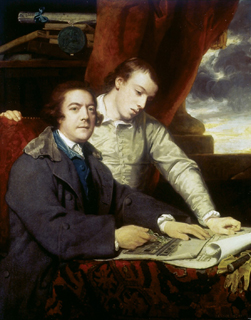
James Paine (1717–1789) was an English architect. He worked on number of country houses such as Chatsworth House, Thorndon Hall and Kedleston Hall.

Allerton Castle, also known as Allerton Park, is a Grade I listed nineteenth-century Gothic or Victorian Gothic house at Allerton Mauleverer in North Yorkshire, England. It was rebuilt by architect George Martin, of Baker Street, London in 1843–53.
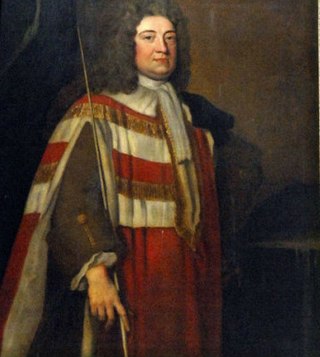
Robert Benson, 1st Baron Bingley, was an English Tory politician who sat in the English and British House of Commons from 1702 until 1713 when he was raised to the peerage as Baron Bingley and sat in the House of Lords. He served as Chancellor of the Exchequer from 1711 to 1713.

Bramham is a village in the civil parish of Bramham cum Oglethorpe in the City of Leeds metropolitan borough, West Yorkshire, England.
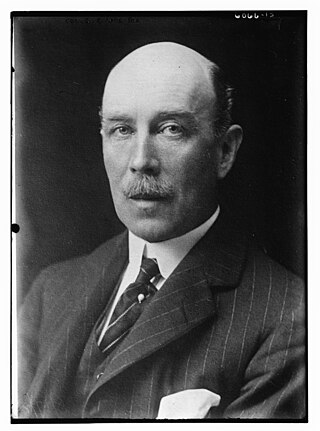
George Richard Lane Fox, 1st Baron Bingley, PC was a British Conservative politician. He served as Secretary for Mines between 1922 and 1924, and again between 1924 and 1928.

Holkham Hall is an 18th-century country house near the village of Holkham, Norfolk, England, constructed in the Neo-Palladian style for the 1st Earl of Leicester by the architect William Kent, aided by Lord Burlington.

Cusworth Hall is an 18th-century Grade I listed country house in Cusworth, near Doncaster, South Yorkshire in the north of England. Set in the landscaped parklands of Cusworth Park, Cusworth Hall is a good example of a Georgian country house. It is now a country house museum.

New Wardour Castle is a Grade I listed English country house at Wardour, near Tisbury in Wiltshire, built for the Arundell family. The house is of Palladian style, designed by the architect James Paine, with additions by Giacomo Quarenghi, who was a principal architect of the Imperial Russian capital city, Saint Petersburg.

Garendon Hall was a country home near Shepshed, Leicestershire, England. It was demolished in 1964.
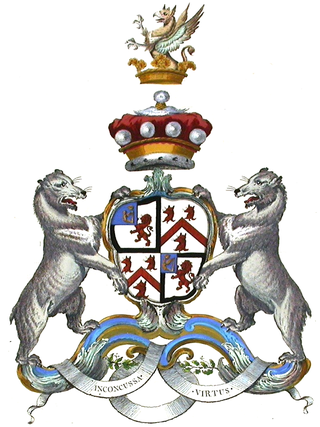
George Fox-Lane, 1st Baron Bingley was a British peer and Tory politician.

Bowcliffe Hall is located at Bramham near Wetherby, West Yorkshire, England. Built between 1805 and 1825, Bowcliffe Hall is a Grade II listed building now used as an office and event space. The building is constructed of ashlar limestone, under a shallow pitched slate roof to a rectangular double pile floor plan. It is mainly built across two storeys, although the East Wing has been modified to three.
George Lane-Fox, of Bramham Park, Yorkshire, was a British landowner and Tory politician.
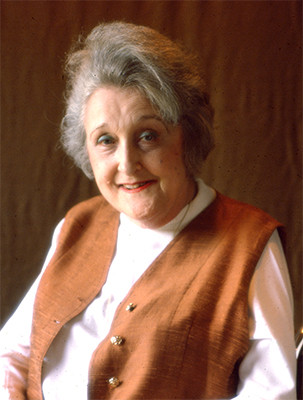
Felicity Lane-Fox, Baroness Lane-Fox, OBE was a Conservative member of the House of Lords and champion of disability issues.
James Fox-Lane, known as James Fox until 1773, was an English landed gentleman, who represented Horsham in Parliament for six years.
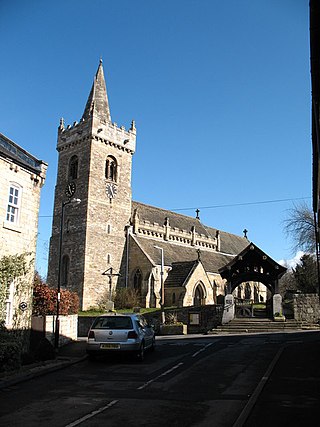
All Saints' Church in Bramham, West Yorkshire, England is an active Anglican parish church and Grade II* listed building in the Deanery of New Ainsty, the Archdeaconry of York and the Diocese of York. It is part of The Bramham Benefice, a group of four churches serving villages to the east of Wetherby in the LS23 postcode area. The current Priest in Charge is Reverend Nicholas J. Morgan, MA.
Sir John Goodricke, 5th Baronet (1708–1789), was a British diplomat and politician who sat in the House of Commons between 1774 and 1789.

























